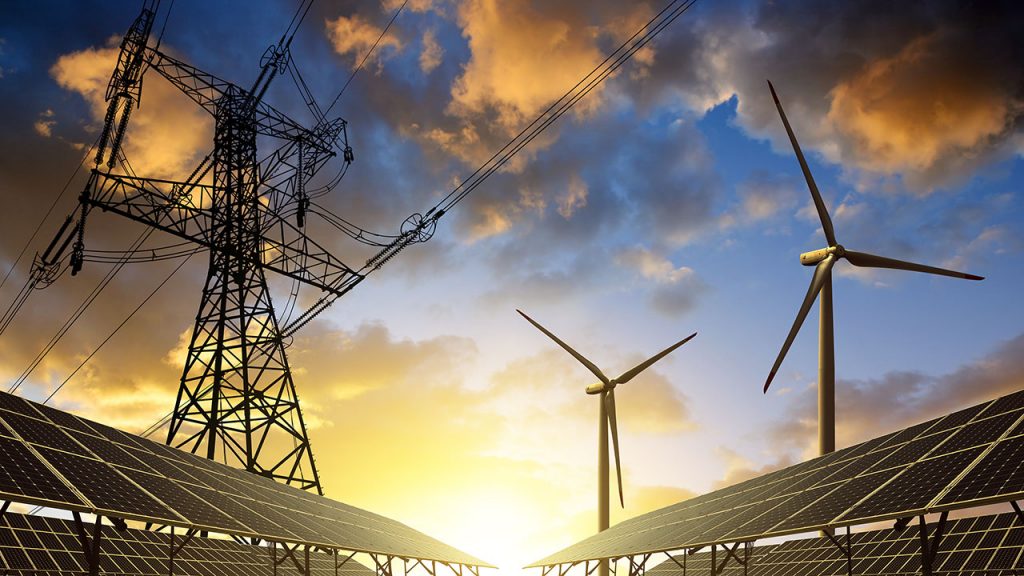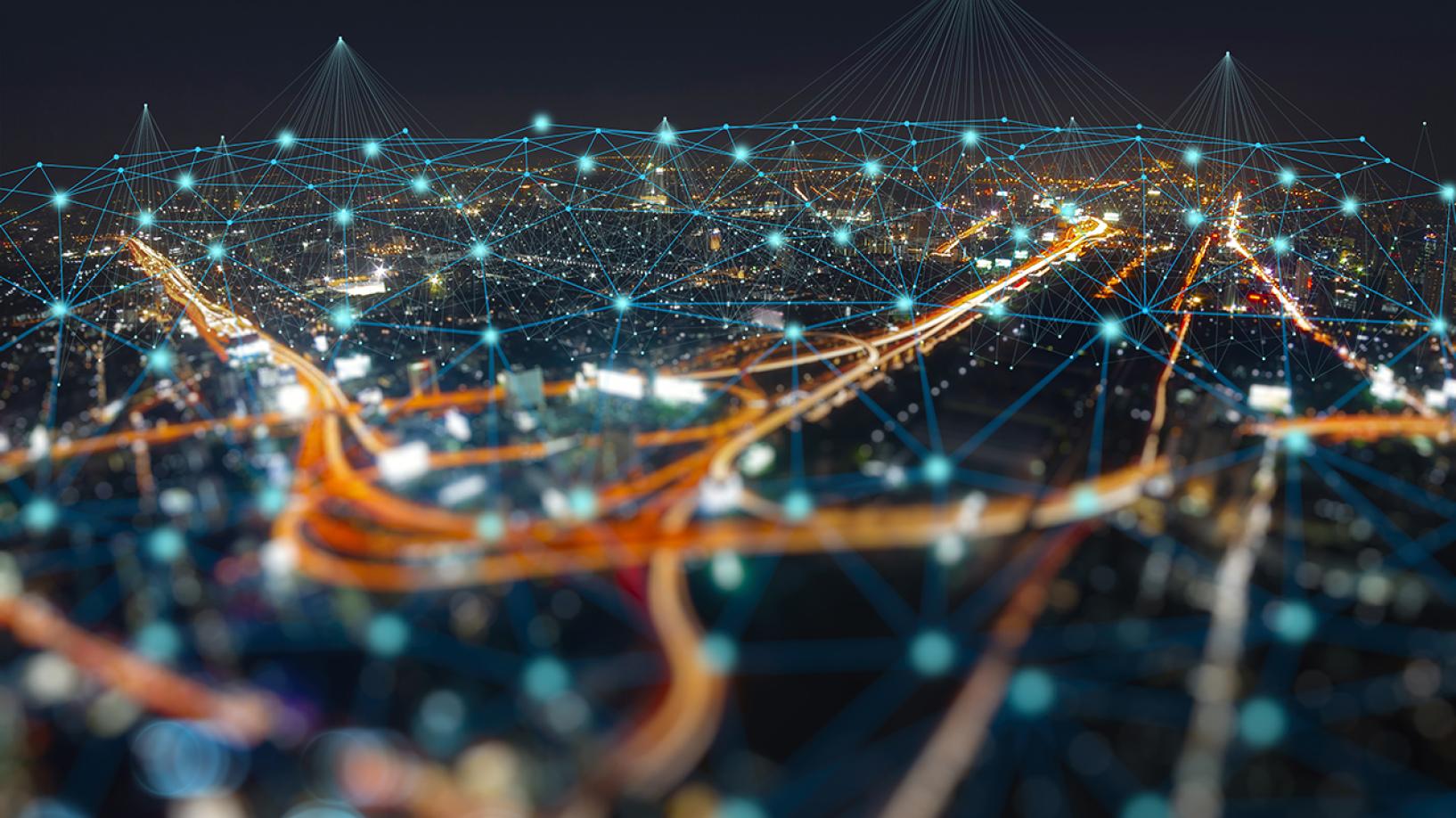Two, closely related, energy transitions sit at the heart of so much of our work at Energy Consumers Australia. As a nation we are moving from a carbon intensive system to a net zero one, but also from a system featuring a small number of distant generators to one in which the means of generating and storing electricity are shared by millions of Australians and their communities.
For this reason, the Director, Energy System Transition is a critical role — not just a member of our leadership team but someone who we hope can play a leadership role in the debates, discussions and processes that will shape and influence both transitions, working to advance an energy system that meets consumer values, needs and expectations.
We're pleased to announce we've appointed experienced energy sector leader Brian Spak to this important role. Brian has worked across a variety of senior positions, both overseas and in Australia. Most recently he has been Leader, Grids and Renewable Integration at CSIRO. He's also an award-winning dancer (or so he claims).
We sat down for a (virtual) chat with our newest Director...

What attracted you to Energy Consumers Australia?
Primarily, I was motivated by the opportunity to advocate on behalf of residential and small business consumers, particularly as they become even more integral within the energy system. I’ve worked in electricity policy from various perspectives – from the vantage-point of science at CSIRO and previously I advocated on behalf of a utility in the US and for large corporations. I’m eager to apply my skills and experience on behalf of the people who matter most in the system.
Your new role is Director, Energy System Transition. What does that mean you’ll be doing?
Sometimes the fuels aren't the only fossils in our energy system! Lots of the rules, regulations, laws, standard approaches, and tools we see in the energy industry are outdated, and I think most people across the industry would agree with that. Despite that, there is tremendous goodwill across the system, I think. People understand that a transition is underway, they mostly understand why, and they genuinely want to be part of the change. I think a big part of my job will be to help shape and update some of those rules and regulations by working with others so that we have a modern, flexible, and resilient energy system that meets consumers' needs and expectations.
How will you do that?
Of course, we aren’t the body who makes rules for the energy system, or who implements them. But as a national voice for household and small business consumers we do have an opportunity to shape those outcomes, participating in consultations, reviews and the many other forums and processes that feed into how change happens in a complex system like the one we all share.
I’m a highly collaborative person. I like to work with people, to learn from them but also to persuade and influence the outcome. That’s going to be a lot of the task. We are in constant dialogue with households and small businesses, so we know what they want. We influence change by presenting evidence-based arguments and by respectfully and collaboratively joining in reform processes. My role is to help lead our policy advocacy, particularly where it focuses on long-term changes to the energy system.

When we talk about the energy transition, what does that mean to you?
The energy system is transitioning from a centrally planned and operated approach that had dozens of massive coal, gas, and hydro power plants connected by long lines to consumers in cities and towns to a new approach that has millions of power plants, mostly solar on consumers’ rooftops, and requires more active operation of the grid.
We need to evolve past the 20th century approach, which has been devastating for our climate. With solar panels, batteries, electric vehicles, and other technologies, we now have the tools that can enable a more affordable and reliable energy system for consumers, but we'll only realise that vision if we can update the rules that underly how the grid operates.
Nearly all forecasts that go to 2050 or 2060 and beyond show Australia with an energy system that uses about twice as much electricity as it does today due to increased demand from electric vehicles and electrifying much of the rest of the economy. They also show the system will be entirely or nearly entirely powered by renewable energy – primarily wind and solar. Because wind and solar are now the cheapest ways to generate power, this future can be great – more affordable and more environmentally friendly. But the only way to make sure it is cheaper is if we don’t double our energy infrastructure – the poles and wires – as we double the amount of energy that is being used.
So how do we avoid that kind of overinvestment?
Better using our existing infrastructure is a great challenge, but it’s also a tremendous opportunity. Consumers can play a big role in addressing that challenge through things like smart energy usage (demand response), increased energy efficiency, and continued uptake of technologies like solar, batteries and electric vehicles. But for these possibilities to be realised Australians will need to feel OK about making some changes to how they consume (and generate) energy. They’ll need to believe that the changes that are happening are in their interest, will leave them better off and will happen with their understanding and consent.
You’ve joined us from CSIRO. What was your role there and what other experience do you bring to this new role?
For the past four years, I led CSIRO's research program focused on the electricity grid and integrating renewables. I worked with a lot of very bright scientists, engineers, and economists to develop new technology and approaches to more affordably integrate renewables into the grid.
Before that, I worked in the US in a long list of jobs in the energy and environmental sector – I was a federal lobbyist in Washington, DC and in Portland, Oregon representing utilities and clean energy companies and investors; I consulted to Walmart, Coca-Cola, LG Electronics and others on corporate sustainability; I led teams to develop new community solar, energy storage, transportation electrification, and demand responses programs; I helped re-write rules for more efficient and affordable lightbulbs, clothes dryers, and gaming consols in California, Oregon, and federally; and I was a writer for the Nature Conservancy and the Smithsonian's National Zoo.
Finish this sentence: A time when I realised how important energy is to people’s lives was…
...when I taught third-grade in Honduras (among the poorest and least developed countries in the Americas). The power regularly went out — once a week or more often. Typically this happened when someone local used more power than the grid could handle (too often it was the gringos). It had a very real, material impact on the neighborhood — making dinner become a bigger chore than it should have been. Students couldn't study. everyday life was hugely disrupted.
A thing most people probably don’t know about me is…
I'm an “award-winning” dancer. I'm a big basketball fan and after many failed attempts, I won the three-quarter time Dance Cam contest at an NBA game and a handsome gift certificate.
I’m looking forward to getting started so I can…
...get started collaborating! There are tremendous opportunities to make our energy system better for consumers by increasing the use of data and digital technologies and I think there are exciting ways to collaborate with government and industry stakeholders to help realise a better grid through better use of data. As more of the economy electrifies and services transition from other fuels to electricity, we need to make sure that the transition is fair for consumers, and I’m keen to focus a fair amount of my time on addressing that challenge.

